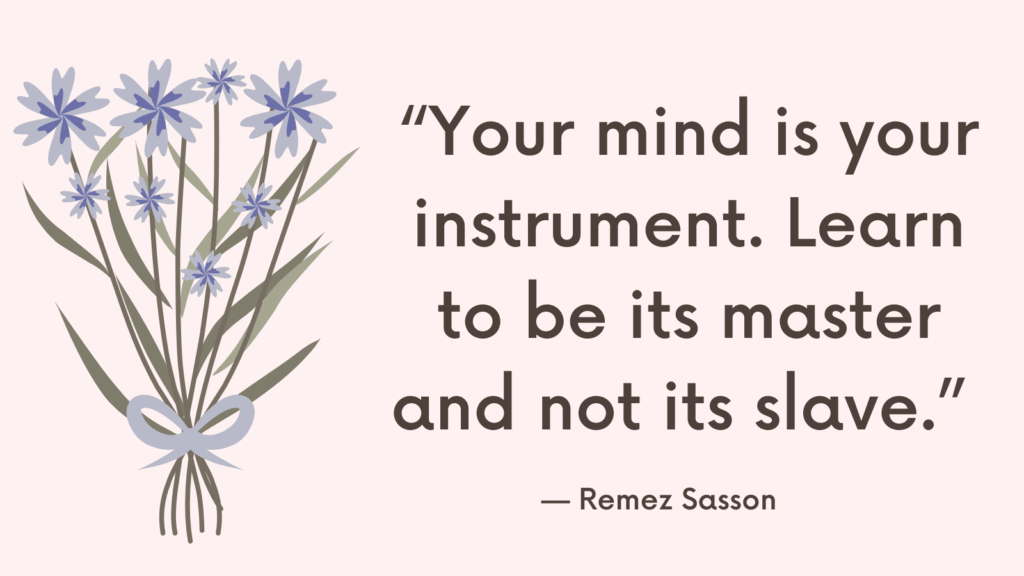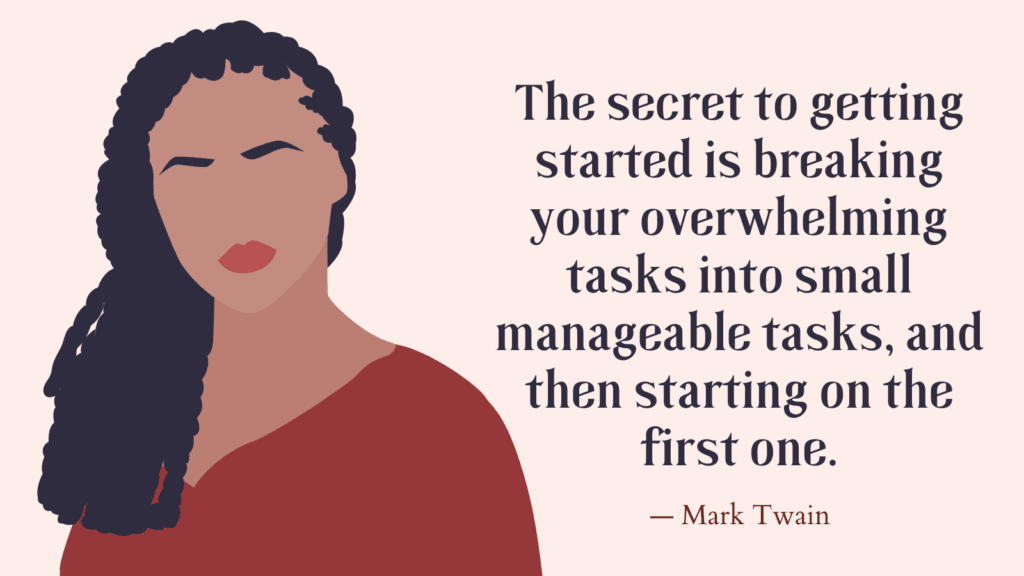When daydreaming starts to take control, it can pull you out of the present moment and into vivid, time-consuming fantasies. The goal isn’t to shut off your imagination but to gently guide your focus back to reality. These quick grounding practices help you reconnect with your body, senses, and surroundings so you can re-engage with the moment without guilt or frustration.
What Maladaptive Daydreaming Means
Maladaptive daydreaming is when you get lost in your imagination so deeply that it’s hard to stay focused on real life. These daydreams are detailed and emotional—like movies in your mind that you return to for comfort, excitement, or escape. They can feel soothing at first, but when they take over, it becomes difficult to stay grounded in the present.
Why Refocusing Feels Difficult
Daydreaming offers relief from boredom, stress, or emotional pain. Your mind goes there to feel something better than what’s happening around you. That’s why pulling yourself back can feel uncomfortable—reality often feels too quiet compared to your inner world. The goal isn’t to stop daydreaming, but to help your mind remember where you are right now.
10 Quick Practices to Refocus When Daydreaming Takes Over
1. Name Five Things Around You
Look around and silently name five things you can see. This simple awareness exercise anchors your mind in your physical environment and interrupts mental drifting.
2. Feel Your Feet on the Ground
Press your feet into the floor and notice the weight of your body. Feel your connection to the ground — it’s a quiet reminder that you’re here, now.
3. Take Three Deep, Slow Breaths
Breathe in deeply through your nose, hold for a moment, and exhale slowly through your mouth. Focus on the sound and rhythm of your breathing to calm mental noise.
4. Use Cold Water to Snap Back
Splash your face with cool water or hold something cold, like a chilled bottle. The sudden sensory change brings you out of your head and back into your body.
Related: How to Create a Mental Health Support Plan for Yourself?
5. Write a Quick Note About What You Were Thinking
If a fantasy keeps looping, jot down a sentence about it. Writing acknowledges the thought without letting it dominate. Once it’s on paper, return your attention to what you were doing.
6. Move Your Body for One Minute
Stand, stretch, or walk across the room. Physical motion resets your brain’s focus and releases the tension that builds from sitting in thought too long.
7. Say Something Out Loud
Speak a grounding phrase such as, “I’m right here,” or read a line from something nearby. Hearing your own voice reminds your brain that reality is where your attention belongs.
8. Engage One Sense Fully
Smell something strong like coffee or citrus, or feel a textured object like fabric or wood. Sensory focus redirects your awareness from imagination to immediate experience.
Related: How Your Body Holds Stress—and How to Release It?
9. Set a Timer to Recheck Your Focus
If you’re prone to drifting for long periods, set a gentle timer for every 20–30 minutes. Use it as a friendly cue to pause, stretch, and assess whether you’re still present.
10. Ground Through Gratitude
Look around and name one small thing you appreciate — sunlight through the window, the sound of music, or a warm cup nearby. Gratitude centers your mind in the moment and softens the urge to escape.
Related: 15 Quick Stress Relief Activities You Can Do Anywhere

Conclusion
Daydreaming becomes problematic only when it replaces reality instead of enhancing it. These quick grounding techniques help you catch yourself before you drift too far and gently return your focus to the here and now. With practice, you’ll train your brain to recognize when it’s wandering — and to choose presence, peace, and balance instead.



